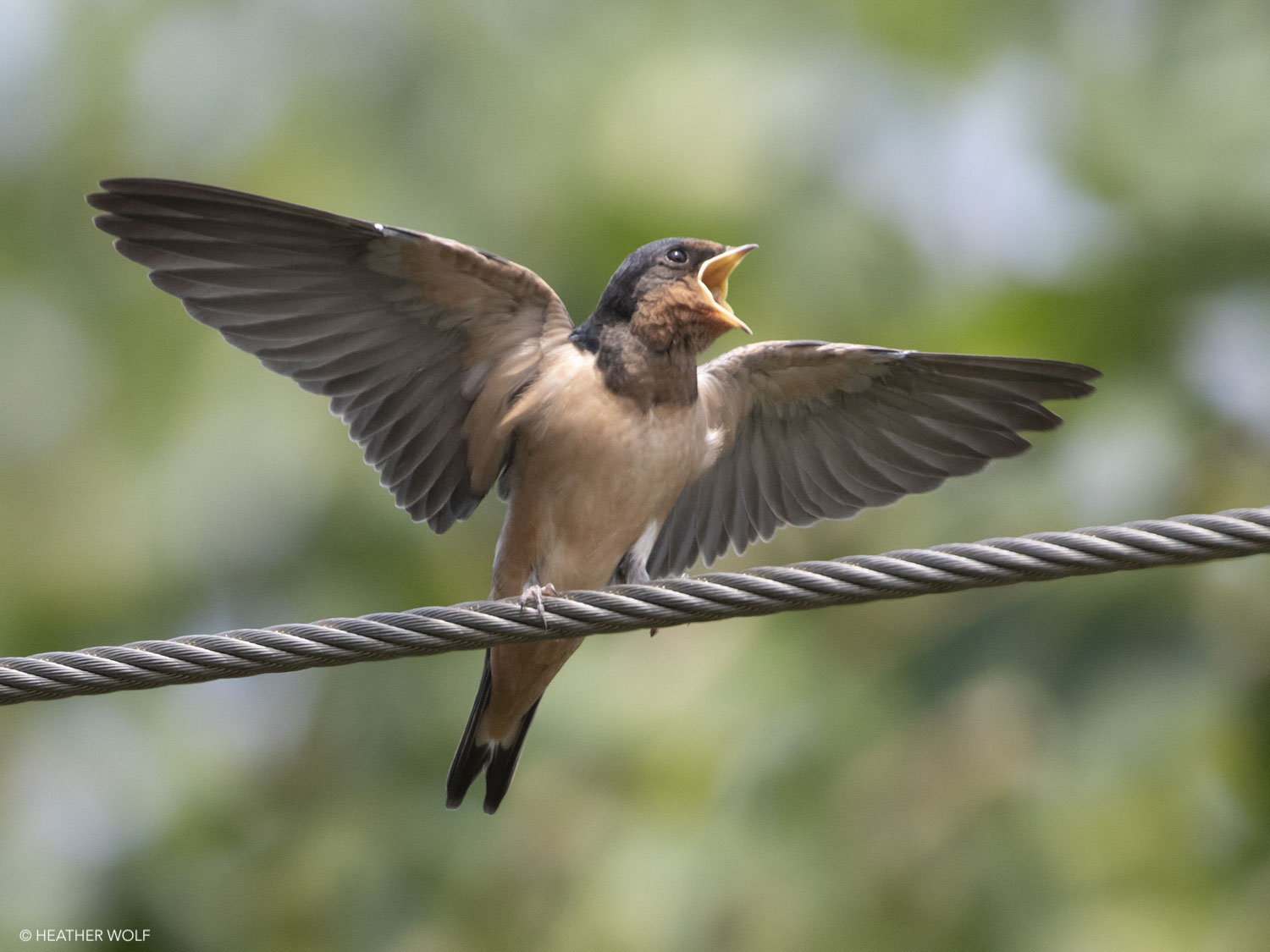Brooklyn Bird Watch: August 4
Barn Swallow. Scientific Name: Hirundo rustica

Today, Brooklyn Bird Watch features an interesting Heather Wolf photo of a truly fascinating bird, the Barn Swallow, as seen in Brooklyn Bridge Park. (Heather Wolf’s photo is of a juvenile Barn Swallow.)
The Barn Swallow is about the size of a sparrow and its head, back, and tail plumage are cobalt blue. Its forehead and throat are rust-colored with light brown underparts. Its long, forked tail can be longer than its wingspan.
We learn from the website “BirdNote” that the Barn Swallow is a pest control machine. The bird’s affinity for building its cup-shaped mud nest in barns, garages, and on protected ledges near where people live, can be a beneficial thing. Each Barn Swallow can, and usually does, eat about 60 insects per hour, or about 850 per day per bird — that’s a lot of unwanted bugs taken out of circulation.

Brooklyn Boro
View MoreNew York City’s most populous borough, Brooklyn, is home to nearly 2.6 million residents. If Brooklyn were an independent city it would be the fourth largest city in the United States. While Brooklyn has become the epitome of ‘cool and hip’ in recent years, for those that were born here, raised families here and improved communities over the years, Brooklyn has never been ‘uncool’.